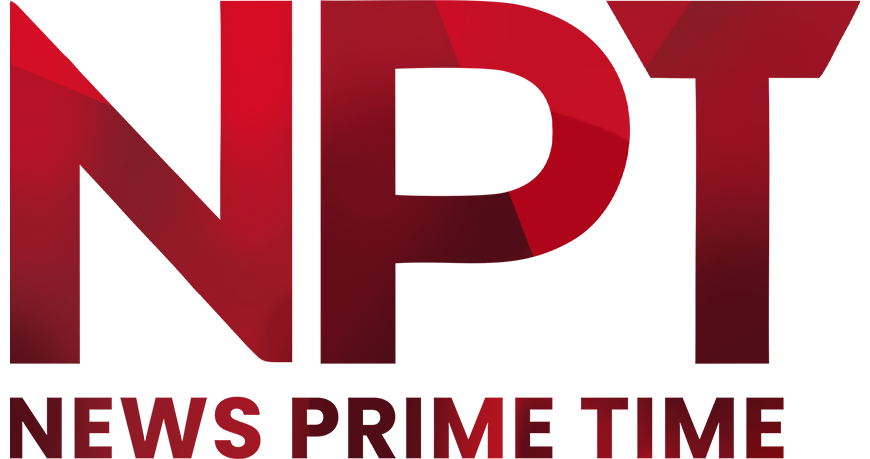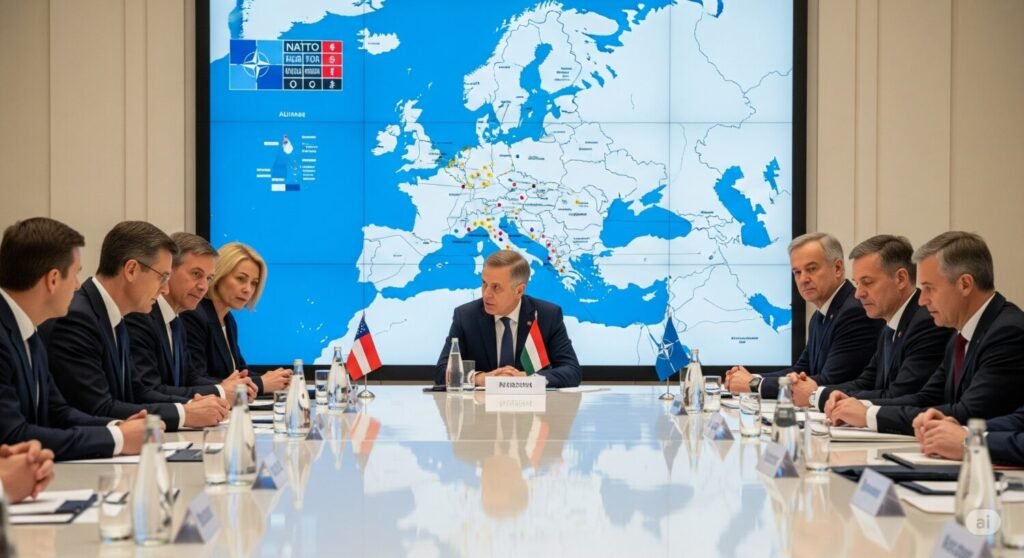Discover why NATO’s new defense spending targets are crucial for collective security and what it means for US allies.
NATO’s recent agreement to significantly increase defense spending marks a pivotal moment for global security. This isn’t just about numbers on a spreadsheet; it’s about reaffirming a foundational commitment to collective defense that has kept us safe for decades. With a new target of 5% of GDP annually dedicated to core defense and security-related spending by 2035, the alliance is sending a clear message: we are serious about protecting our shared values and interests.
A Renewed Commitment to Shared Security
The decision, influenced in part by calls from US leadership, underscores the “ironclad commitment” that an attack on one NATO member is an attack on all. This principle, enshrined in Article 5 of the NATO treaty, is the cornerstone of our collective security. In a world facing evolving threats, strengthening this commitment is more vital than ever. For American citizens, this means our allies are stepping up, sharing more of the burden in safeguarding global stability.
The Road Ahead for European Allies and Canada
Meeting this ambitious new target will require substantial investment from European allies and Canada, amounting to billions of dollars. While the United States, historically the largest contributor to NATO’s defense budget, is strategically re-evaluating its security priorities, the increased spending by other members is a crucial step towards a more balanced alliance. This shared responsibility ensures that our collective shield remains robust and ready for any challenge.
Addressing Emerging Threats
A significant driver behind this increased spending is the heightened concern over geopolitical shifts, particularly the ongoing conflict in Ukraine. Russia’s actions in 2022 served as a stark reminder of the importance of a strong, unified defense. Beyond traditional military readiness, the new targets also encompass broader defense-related spending, including:
- Infrastructure Improvements: Enhancing military bases, transportation networks, and logistical capabilities.
- Countering Cyber Threats: Investing in advanced cybersecurity measures to protect critical infrastructure and information.
- Modernizing Equipment: Ensuring our forces have the latest technology and resources to operate effectively.
Navigating Challenges and Celebrating Progress
While the new targets present economic challenges for some nations, the overall sentiment within the alliance is one of determination. Countries like Poland, the Baltic states, and Nordic nations, situated closer to potential flashpoints, have enthusiastically embraced the goal. Even European heavyweights such as Britain, France, and Germany are fully committed, signaling a unified front. Many leaders are hailing this moment as the “birth of a new NATO,” reminiscent of the robust defense posture seen during the Cold War era. This renewed focus on defense spending is not merely a reaction to current events; it’s a proactive investment in a more secure future for all member states. Sources











